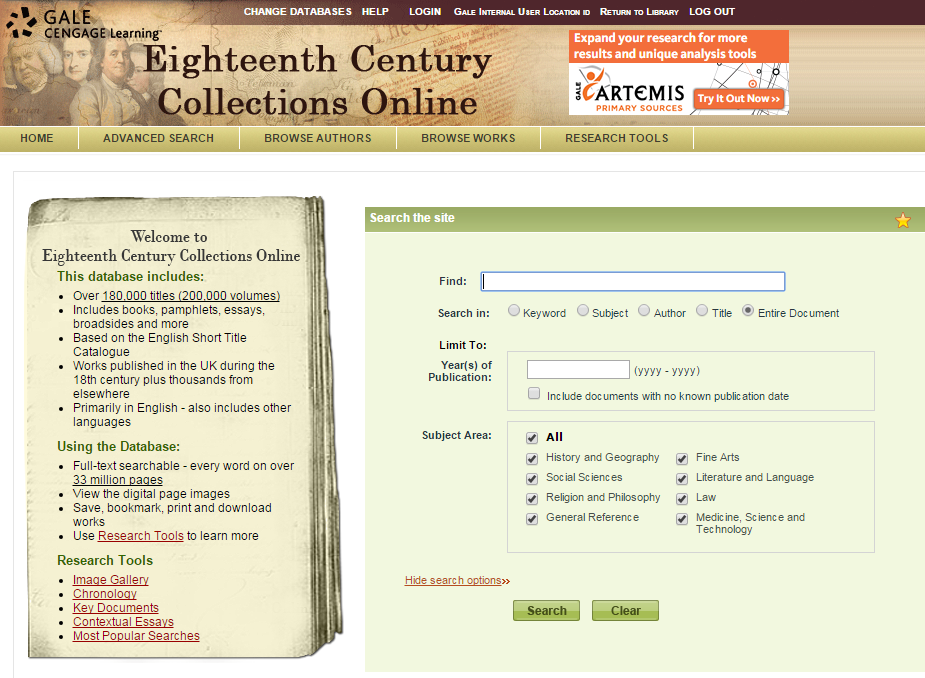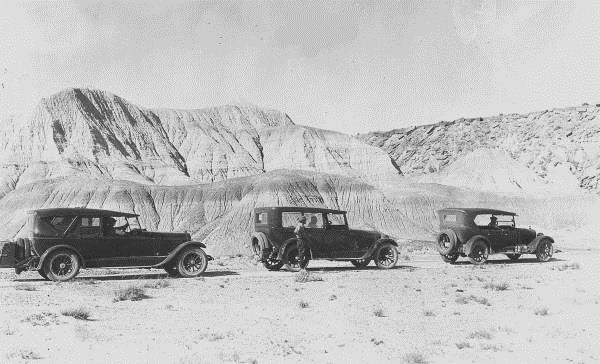Published on December 18, 2015
Gale’sEighteenth Century Collections Online(ECCO) recently celebrated its 14th anniversary on December 4thand it got me to thinking. Most commonly, the conversations surrounding the 18th century point to the major stories or developments of the American Revolution, French Revolution, and Industrial Revolution. For example, the industrialization of the world and manufacturing of powered, special-purpose machinery, factories, and mass production. Others might think about the American Revolution’s Boston Tea Party or the Battle of Bunker Hill, for instance. But what about the moments that lead up to these events?




